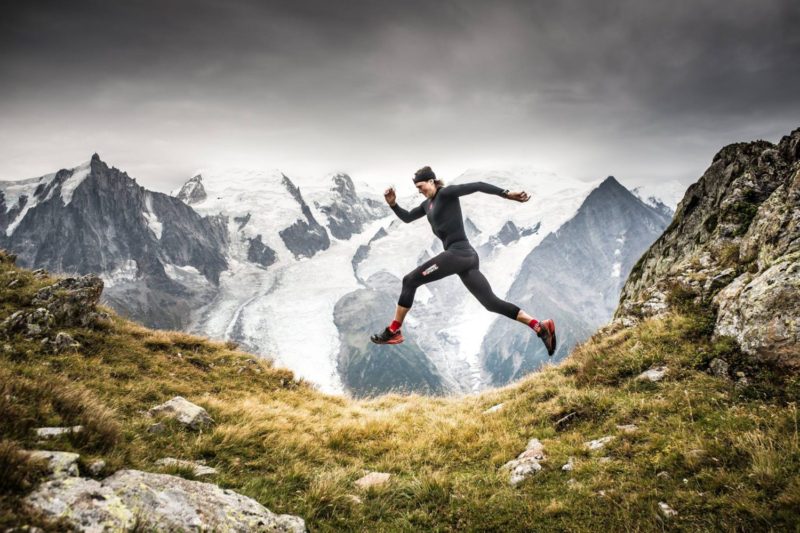
Compression gear is a popular choice among high performance athletes. In theory, it reduces muscle vibration, increases blood flow, clears metabolic build up, and prevents injury and fatigue. Some swear by its benefits and don’t go a day without their favorite compression socks. However, more studies must happen before a final scientific conclusion can be made on the matter.
So what do we know and how can that help us decide what to wear on the slopes? Let’s take a look at what scientists have to say about compression gear and its benefits.

In a scientific review on studies related to compression gear, 24 studies were analyzed in hopes of revealing a conclusion about this trend in the sports world. According to the Journal of Sports Science and Medicine article, from the 24 original studies, two clear trends emerge.
Firstly, wearing compression garments on the lower limbs during exercise seem to have little effect, as most studies failed to demonstrate a beneficial effect on immediate performance, performance recovery, or on delayed onset muscle soreness; regardless of the type of exercise performed (endurance or resistance).
Secondly, there is a trend towards a beneficial effect of compression garments worn during recovery, since performance recovery was found to be improved in the six studies in which it was investigated, and delayed onset muscle soreness was reduced in 4/6 studies.
The article goes on to indicate that it helps in the recovery for both resistance and endurance, two things we often experience in snow sports. While compression gear may not be obviously enhancing during exercise, a speedy recovery is welcomed by any skier who has been smashing the resort all day.

So if you have the money and want that pro feel, which gear do you choose? Just because the tag says compression, not all tights are created equal. The hardest part is finding a garment that fits properly. Pay attention to the pressure of the gear, the gradient in different areas, and of course what fits your body best. Finding the right gear could help you bounce back after a long day in the mountains.

Brands like Opedix and 2XU are just a couple of brands that specialize in compression gear. Opedix boasts pro skier ambassadors such as Lynsey Dyer, Hadley Hammer, Kim Havell and Wendy Fisher. If they wear it, shouldn’t you? Marketing says yes, reality says maybe. With compression gear still under the microscope by scientists, it remains a personal preference.
Although it is one expensive base layer, the benefits compliment snow sports quite a bit. Some of the top garments focus on protecting your knees from wear and tear, reducing muscle fatigue, and improving control and balance, Reaping the benefits could mean longer ski days, happy knees, and better performance. If you ski like Hadley Hammer when you wear your fancy pants, does it really matter whether it is scientifically proven or a placebo effect?

It is hard to say whether compression gear is a must have on the mountain, but hopefully more studies will happen to help us decide in the future. For now, try some out and see if it works for you. If you suffer from joint pain and instability, it could be the answer to a better outdoor experience. If you just like something that’s warm and keeps your legs from jiggling in the chunder, a nice tight underlayer might do the trick and save you a pretty penny.